Vaughters on Cannondale-Garmin's past and future
Team boss discusses Hesjedal's silence and CIRC meeting
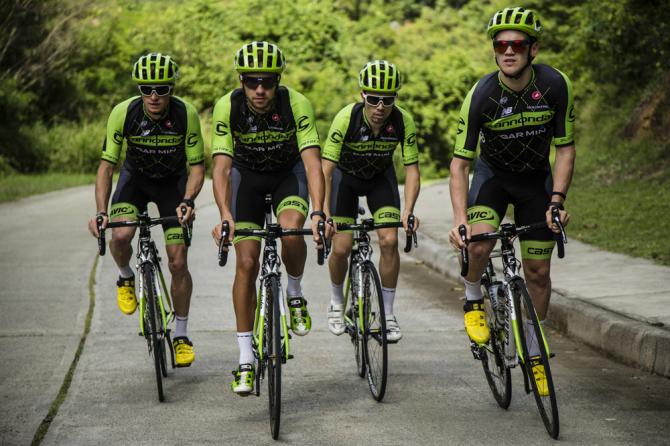
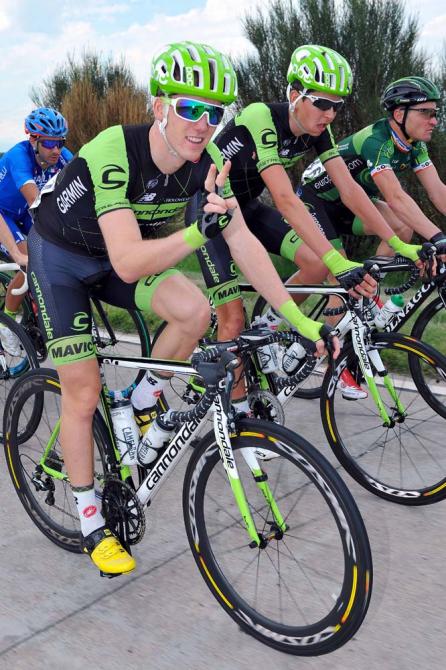
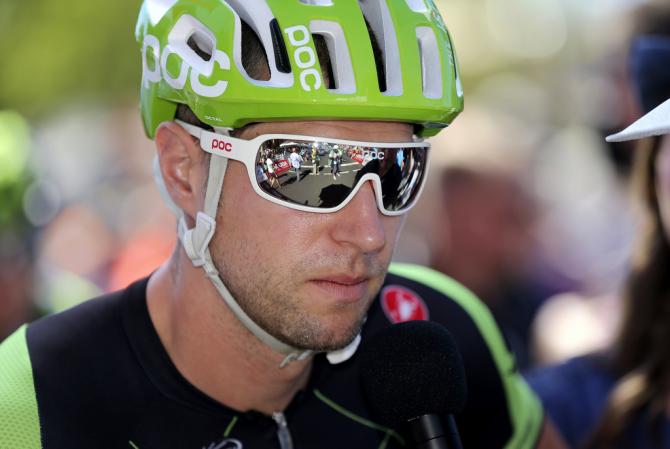
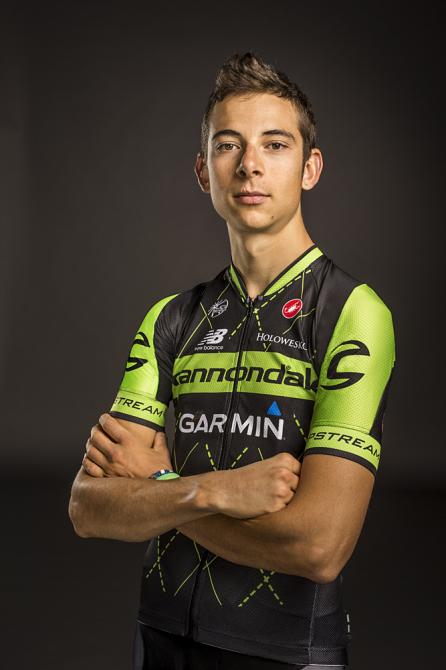
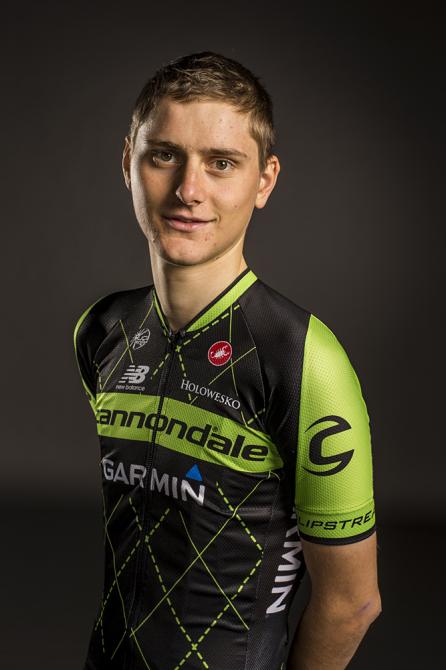
Garmin’s merger with Cannondale this winter meant that some changes were inevitable, but even without the new name and the fresh colours, a process of rejuvenation was already in effect.
The infusion of young talent from the old Cannondale team has helped to drop the squad’s average age further, of course, and it is now the lowest in the WorldTour. Even at this early juncture, manager Jonathan Vaughters feels this merger is set to be a rather more convivial affair than the hastily-arranged nuptials between Garmin and Cervélo TestTeam in 2011.
"With the Cervélo merger, it was a lot of really big contracts that we couldn’t necessarily afford and some riders who were very concrete in their thinking, and weren’t really open to doing things a new way," Vaughters told Cyclingnews. "Some of them were able to integrate and were great guys, and others were just more set in their ways."
The likes of Davide Formolo and Matej Mohoric are at a very different point in their careers than, say, Thor Hushovd when he joined Garmin as world champion in 2011, and so far at least, the integration has reportedly been smoother.
"If I told them to go ride their bikes for 10 hours naked in the ocean they’d go and try to do it and think that somehow it had meaning, which of course puts a greater burden on the coaches and directors and staff," Vaughters said. "They’re not set in their ways at all, not even a little bit, so you really have to put them on the right path."
The change in Cannondale-Garmin’s age profile is not due solely to the influx of youth, of course. The past couple of years have seen the departure of some of its elder statesmen, including David Millar, Christian Vande Velde and Dave Zabriskie: some of the very riders who signed up in 2008 on the tacit understanding that Slipstream Sports marked a supposed clean break with their doping pasts.
At that point, Millar – who had already served a two-year ban – was the public voice of its anti-doping stance but the past misdemeanours of the team’s former US Postal riders did not enter the public domain until the publication of the USADA Reasoned Decision on the Lance Armstrong case in October 2012, almost five years later.
Get The Leadout Newsletter
The latest race content, interviews, features, reviews and expert buying guides, direct to your inbox!
Zabriskie, Tom Danielson and Vande Velde were all handed reduced, six-month bans for their collaboration. As Vaughters points out, it would have been hypocritical for Garmin to dispense with their services at that point, but the team’s handling of the matter was not without controversy.
When Dutch newspaper De Telegraaf broke news of the Garmin riders’ reduced sanctions that July, for instance, Vaughters described the story as "completely untrue," while Garmin also faced criticism for having Vande Velde lead the team – and win the overall – at the USA Pro Cycling Challenge just weeks before public confirmation of his ban. The team later said, however, that Vaughters' statement was accurate at the time and was based on the information to hand.
The subsequent publication of the USADA report in October 2012 and the bans that followed seemed to relieve some of the tension that had built up around the team in the two years leading up to it, though Vaughters pointed out that from the moment he signed Vande Velde, Zabriskie and Danielson, he was certain that their histories would eventually reach the public domain.
"In my opinion, it was inevitable that it was going to happen but that doesn’t change my feeling towards those riders," Vaughters told Cyclingnews this week. "They were part of the culture that existed in cycling at the top level and there was no way I was ever just going to walk away from them. It would have been extremely hypocritical.
"We’ve seen teams where there’s a rider who has some sort of an issue and decides to speak publicly, they ostracise this one person and they do that in the name of saving their image. And at the end of the day, we were never going to do that."
Hesjedal a 'quiet, private guy'
A year on from the USADA report, in October 2013, the publication of Michael Rasmussen’s autobiography pushed Ryder Hesjedal into publicly confessing that he had doped as a mountain biker in 2003 and 2004. Hesjedal had apparently already admitted as much in private to USADA and the Canadian Centre for Ethics in Sport in early 2013, and as the offence fell outside the statute of limitations, he served no ban.
Unlike Millar, for instance, who made it something of a mission to speak publicly of his experiences of doping, Hesjedal has largely opted for silence since his initial admission via press release. Through the opening part of last season, the Canadian declined to speak on the matter citing a gag order from USADA due to an ongoing investigation, and his only interview that offered any further detail on his doping came with his local newspaper the Times Colonist late last summer.
Hesjedal was not present at Cannondale-Garmin’s media day in Port d’Alcudia on Wednesday and there is no indication that he is ready to speak in greater depth about his use of EPO during his mountain bike career, prior to a stint of over a decade on the road that saw him ride for Phonak and US Postal before landing on Vaughters’ team and winning the Giro d’Italia in 2012.
"At the end of the day Ryder Hesjedal didn’t speak to the media that much before. He’s a quiet, more private guy and David Millar’s a very gregarious, social guy," Vaughters said of Hesjedal’s reticence to discuss the matter in comparison to Millar. "I don’t think the difference is anything more than that.
"The easiest thing would have been that he confessed when the initial USADA report came out. That would have been the simplest way to go about it but unfortunately that’s not the way the investigators wanted it to work out."
On the road in 2014, Hesjedal showed few signs of being affected by his confession, finishing in ninth place at the Giro d’Italia and winning a stage of the Vuelta a España. Off the bike, Vaughters said, the situation has been different.
"All of those guys, Ryder included, are extremely embarrassed and remorseful. They don’t feel good about it. That hasn’t changed, that was the case before any of it was public," Vaughters said. "Does he feel bad about it? Yeah. Is he embarrassed by it? Absolutely. But there’s nothing he can do about it now except to move on."
On a wider level, Vaughters expressed the hope that the findings of the UCI’s Cycling Independent Reform Commission, due to be published later this month, will help the sport as a whole move forward. He confirmed to Cyclingnews that he had provided evidence to CIRC and said he was heartened by their line of questioning.
"I have spoken to CIRC, I spent a few hours with them," he said. "I wasn’t given any sort of indication of what they’re pursuing or which line, but their questions to me were intelligent and well-placed and I think they’re really digging in to figuring out solid solutions for the future. My biggest hope for that report is that they will come up with some creative and concrete recommendations going forward."

Barry Ryan was Head of Features at Cyclingnews. He has covered professional cycling since 2010, reporting from the Tour de France, Giro d’Italia and events from Argentina to Japan. His writing has appeared in The Independent, Procycling and Cycling Plus. He is the author of The Ascent: Sean Kelly, Stephen Roche and the Rise of Irish Cycling’s Golden Generation, published by Gill Books.